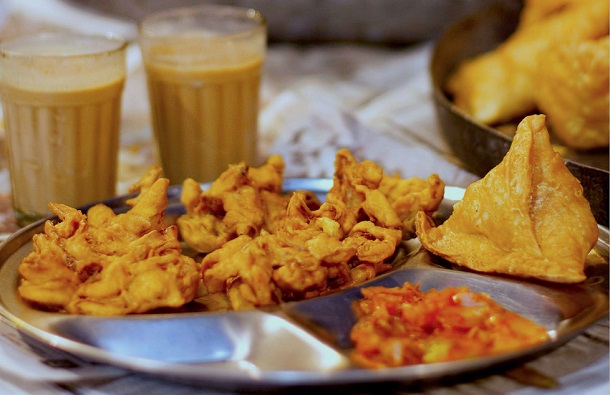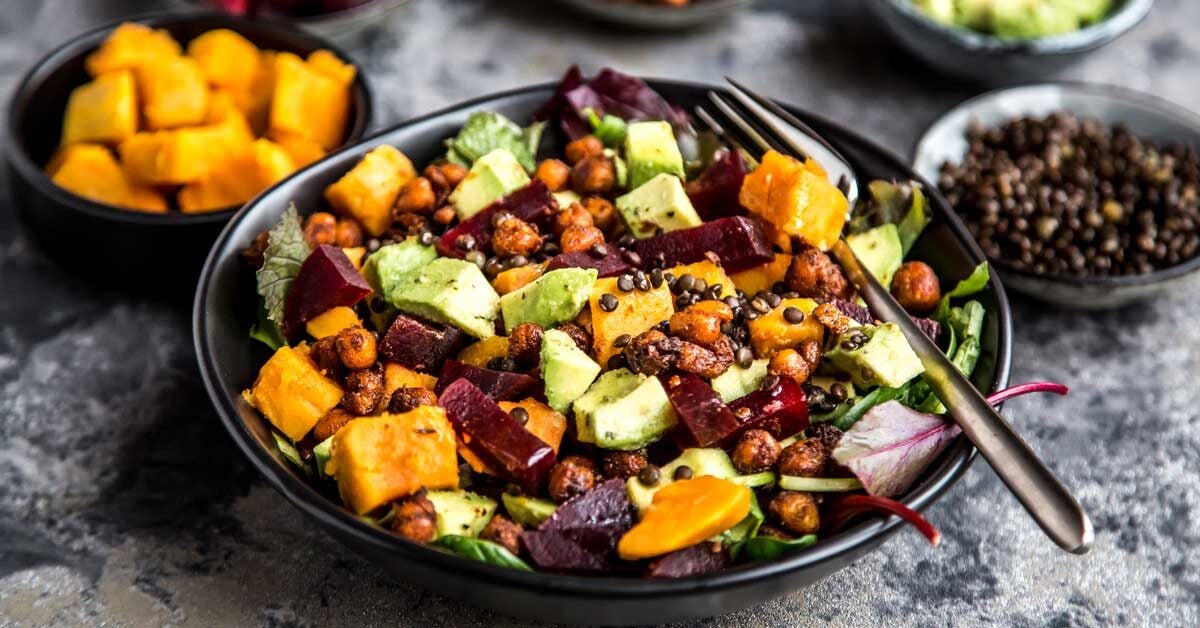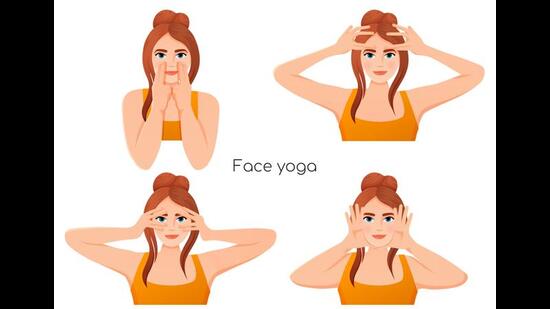Q. What is the structure of the caste system mentioned in 1854 A.D/ 1910 B.S. Muluki Ain of Nepal?
The Muluki Ain was a legal code introduced during Jung Bahadur Rana's reign in Nepal. It laid down various provisions related to social hierarchy, including the caste system.
The caste system mentioned in the 1854 Muluki Ain divided Nepali society into four main castes: Brahmins, Kshatriyas, Vaishyas, and Shudras. Brahmins were considered the highest caste and were accorded the most privileges, followed by Kshatriyas, Vaishyas, and Shudras. Within each caste were sub-castes, and the system was based on a hierarchy of purity and pollution.
The Muluki Ain also laid down various provisions related to marriage, inheritance, and property rights linked to an individual's caste status. The system was discriminatory and entrenched in social inequality, with individuals being restricted to certain professions and denied access to education and other opportunities based on their caste.
It is important to note that the Muluki Ain was eventually replaced by the new Civil Code in Nepal in 2017, which removed caste-based discrimination and ensured equal rights for all citizens.
The caste system in Nepal is a hierarchical system of social stratification that has existed in Nepali society for centuries. The 1854 Muluki Ain was a legal code that further entrenched and codified the caste system in Nepal.
The Muluki Ain divided Nepali society into four main castes: Brahmins, Kshatriyas, Vaishyas, and Shudras. The Brahmins were considered the highest caste and were accorded the most privileges, followed by Kshatriyas, Vaishyas, and Shudras. Within each caste were sub-castes, and the system was based on a hierarchy of purity and pollution.
The caste system in Nepal was highly discriminatory and entrenched in social inequality. Individuals were restricted to certain professions and denied access to education and other opportunities based on their caste. For example, members of the lower castes were often denied education, and their employment opportunities were limited to menial jobs such as cleaning and farming. In contrast, members of the higher castes were able to access education and had access to a wider range of employment opportunities.
The Muluki Ain also laid down various provisions related to marriage, inheritance, and property rights linked to an individual's caste status. Inter-caste marriages were discouraged, and inheritance and property rights were determined by an individual's caste. These provisions further entrenched the caste system and ensured that individuals remained trapped within their caste for generations.
Despite efforts to abolish the caste system in Nepal, it still persists in many parts of the country, and discrimination based on caste is still prevalent. However, progress has been made in recent years to promote equality and eliminate discrimination based on caste. The new Civil Code in Nepal, which replaced the Muluki Ain in 2017, removed caste-based discrimination and ensured equal rights for all citizens.
In conclusion, the caste system in Nepal mentioned in the 1854 Muluki Ain was a discriminatory system of social stratification that entrenched social inequality and restricted opportunities for individuals based on their caste. Despite efforts to abolish the caste system, discrimination based on caste still persists in many parts of Nepal. However, progress has been made in recent years, and the new Civil Code in Nepal ensures equal rights for all citizens, regardless of their caste.
Q. Discuss the caste hierarchy of Nepal based on the Muluki Ain of 1854.
The caste system in Nepal, as codified in the Muluki Ain of 1854, was a hierarchical system of social stratification that divided Nepali society into four main castes: Brahmins, Kshatriyas, Vaishyas, and Shudras. The Brahmins were considered the highest caste and were accorded the most privileges, followed by Kshatriyas, Vaishyas, and Shudras. Within each caste were sub-castes, and the system was based on a hierarchy of purity and pollution.
The Brahmins were at the top of the caste hierarchy and were considered the purest and most learned of all castes. They were responsible for religious rituals, such as conducting pujas and performing other religious ceremonies. The Kshatriyas were the second-highest caste and were traditionally warriors and rulers. They were responsible for defending the country and maintaining law and order.
The Vaishyas were the third-highest caste and were traditionally traders and merchants. They were responsible for economic activities and commerce. The Shudras were at the bottom of the caste hierarchy and were traditionally laborers and servants. They were responsible for menial jobs such as farming, cleaning, and other low-skilled work.
Within each caste, there were sub-castes, which further divided society based on specific occupations or professions. For example, within the Brahmin caste, there were sub-castes such as the Bahun, Chhetri, and Thakuri. Similarly, within the Shudra caste, there were sub-castes such as the Kami, Damai, and Sarki.
The Muluki Ain also laid down various provisions related to marriage, inheritance, and property rights linked to an individual's caste status. Inter-caste marriages were discouraged, and inheritance and property rights were determined by an individual's caste. These provisions further entrenched the caste system and ensured that individuals remained trapped within their caste for generations.
The caste hierarchy in Nepal based on the Muluki Ain of 1854 was a discriminatory system that entrenched social inequality and restricted opportunities for individuals based on their caste. Despite efforts to abolish the caste system in Nepal, discrimination based on caste still persists in many parts of the country. However, progress has been made in recent years to promote equality and eliminate discrimination based on caste. The new Civil Code in Nepal, which replaced the Muluki Ain in 2017, removed caste-based discrimination and ensured equal rights for all citizens.
Q. Marry Cameron argues that Dalit identity politics in Nepal has not paid enough attention to the problem of caste-based discrimination experienced by Dalits in rural areas. What led Cameron to make an argument?
Marry Cameron is a scholar who has conducted extensive research on caste-based discrimination and social exclusion in Nepal. In her research, she argues that Dalit identity politics in Nepal has not paid enough attention to the problem of caste-based discrimination experienced by Dalits in rural areas.
Cameron's argument is based on the observation that much of the Dalit identity politics in Nepal is focused on urban areas, where there is greater awareness of Dalit issues and where Dalits have access to Dalitscation and other opportunities. However, in rural areas, where the majority of Nepal's Dalits live, caste-based discrimination is often more severe and more entrenched.
Cameron contends that the Dalit identity politics in Nepal has not paid enough attention to the specific challenges faced by rural Dalits, such as the lack of access to education and employment opportunities, and the persistence of traditional caste-based practices and beliefs. She argues that the focus on urban areas has led to a neglect of the needs and experiences of rural Dalits.
Furthermore, Cameron argues that there is a need for a more nuanced approach to Dalit identity politics that takes into account the diversity of experiences and challenges faced by Dalits across different regions of Nepal. She suggests that a more inclusive approach to Dalit politics, which includes the voices and perspectives of rural Dalits, is necessary to address the systemic discrimination and social exclusion faced by Dalits in Nepal.
In conclusion, Mary Cameron argues that Dalit identity politics in Nepal has not paid enough attention to the problem of caste-based discrimination experienced by Dalits in rural areas. She suggests that a more inclusive approach that takes into account the specific challenges faced by rural Dalits is necessary to address the systemic discrimination and social exclusion faced by Dalits in Nepal.
Summary:
1. What is the caste system in Nepal?
- The caste system in Nepal is a hierarchical system of social stratification that divides Nepali society into four main castes: Brahmins, Kshatriyas, Vaishyas, and Shudras.
- Within each caste, there are sub-castes that further divide society based on specific occupations or professions.
- The caste system is based on a hierarchy of purity and pollution, with Brahmins at the top and Shudras at the bottom.
2. What is the Muluki Ain of 1854 in Nepal?
- The Muluki Ain was introduced in Nepal in 1854.
- The Muluki Ain was a legal code that laid down various provisions related to caste and social hierarchy in Nepal.
- It divided Nepali society into four main castes, with Brahmins at the top and Shudras at the bottom.
- Within each caste, there were sub-castes that further divided society based on specific occupations or professions.
- The Muluki Ain also laid down various provisions related to marriage, inheritance, and property rights linked to an individual's caste status.
3. Discuss the caste hierarchy of Nepal based on the Muluki Ain of 1854. - The Muluki Ain was introduced in Nepal in 1854.
- The caste hierarchy in Nepal based on the Muluki Ain of 1854 was a discriminatory system that entrenched social inequality and restricted opportunities for individuals based on their caste.
- The system divided Nepali society into four main castes, with Brahmins at the top and Shudras at the bottom.
- Within each caste, there were sub-castes that further divided society based on specific occupations or professions.
- The Muluki Ain laid down various provisions related to marriage, inheritance, and property rights linked to an individual's caste status.
4. Mary Cameron argues that Dalit identity politics in Nepal has not paid enough attention to the problem of caste-based discrimination experienced by Dalits in rural areas. What led Cameron to make this argument? -
- Mary Cameron is a scholar who has conducted extensive research on caste-based discrimination and social exclusion in Nepal.
- She argues that much of the Dalit identity politics in Nepal is focused on urban areas, where there is greater awareness of Dalit issues and where Dalits have access to education and other opportunities.
- In rural areas, where the majority of Nepal's Dalits live, caste-based discrimination is often more severe and more entrenched.
- Cameron contends that the Dalit identity politics in Nepal has not paid enough attention to the specific challenges faced by rural Dalits, such as the lack of access to education and employment opportunities, and the persistence of traditional caste-based practices and beliefs.









